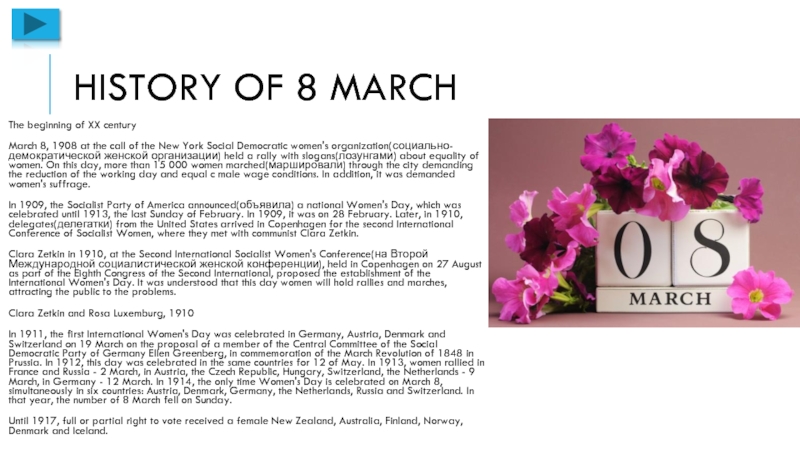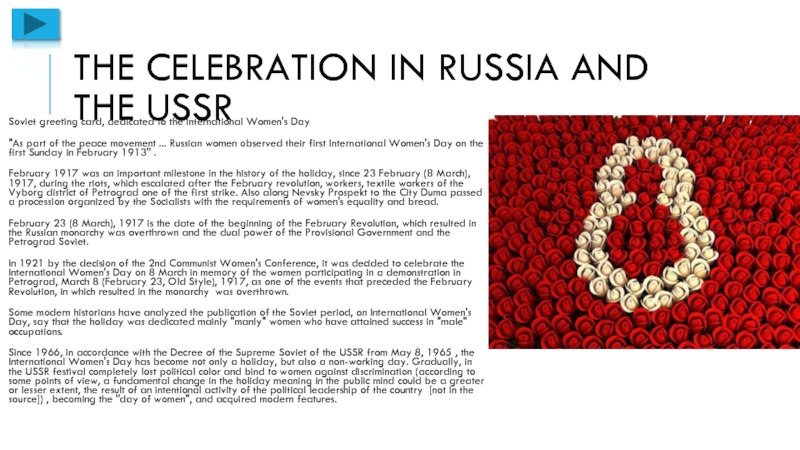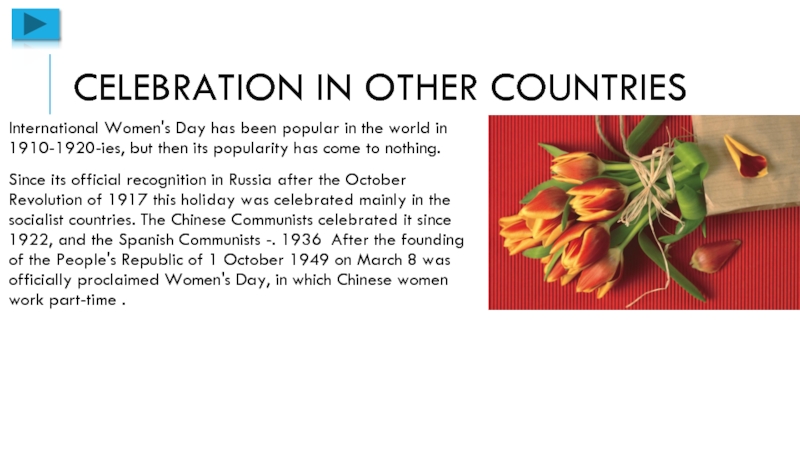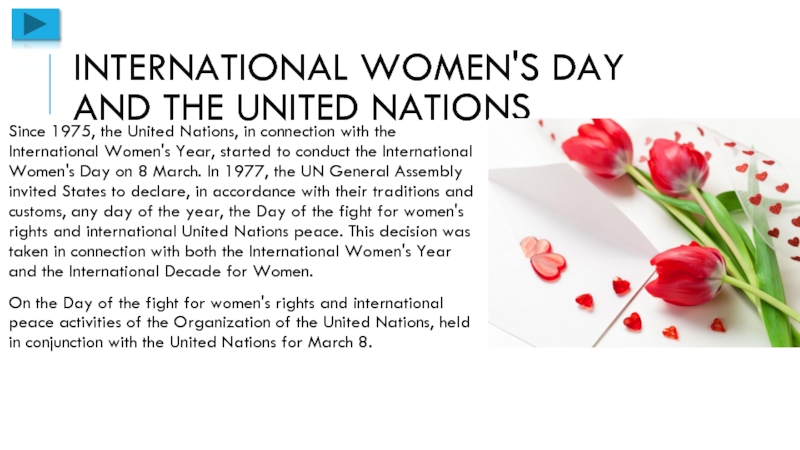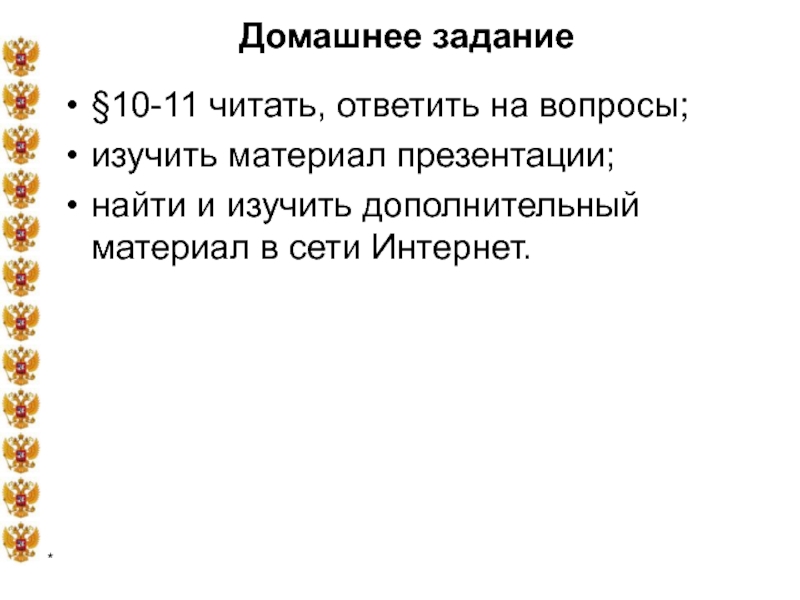the call of the New York Social Democratic women's organization(социально-демократической женской организации) held a rally with slogans(лозунгами) about equality of women. On this day, more than 15 000 women marched(маршировали) through the city demanding the reduction of the working day and equal c male wage conditions. In addition, it was demanded women's suffrage.
In 1909, the Socialist Party of America announced(объявила) a national Women's Day, which was celebrated until 1913, the last Sunday of February. In 1909, it was on 28 February. Later, in 1910, delegates(делегатки) from the United States arrived in Copenhagen for the second International Conference of Socialist Women, where they met with communist Clara Zetkin.
Clara Zetkin in 1910, at the Second International Socialist Women's Conference(на Второй Международной социалистической женской конференции), held in Copenhagen on 27 August as part of the Eighth Congress of the Second International, proposed the establishment of the International Women's Day. It was understood that this day women will hold rallies and marches, attracting the public to the problems.
Clara Zetkin and Rosa Luxemburg, 1910
In 1911, the first International Women's Day was celebrated in Germany, Austria, Denmark and Switzerland on 19 March on the proposal of a member of the Central Committee of the Social Democratic Party of Germany Ellen Greenberg, in commemoration of the March Revolution of 1848 in Prussia. In 1912, this day was celebrated in the same countries for 12 of May. In 1913, women rallied in France and Russia - 2 March, in Austria, the Czech Republic, Hungary, Switzerland, the Netherlands - 9 March, in Germany - 12 March. In 1914, the only time Women's Day is celebrated on March 8, simultaneously in six countries: Austria, Denmark, Germany, the Netherlands, Russia and Switzerland. In that year, the number of 8 March fell on Sunday.
Until 1917, full or partial right to vote received a female New Zealand, Australia, Finland, Norway, Denmark and Iceland.

